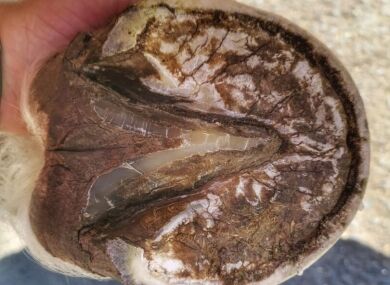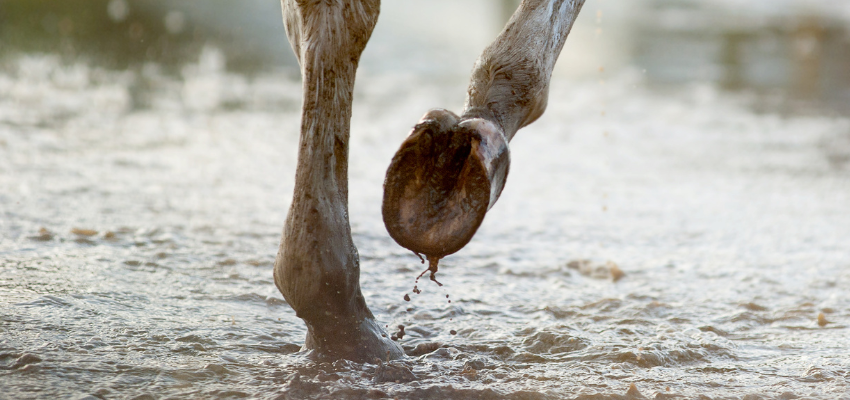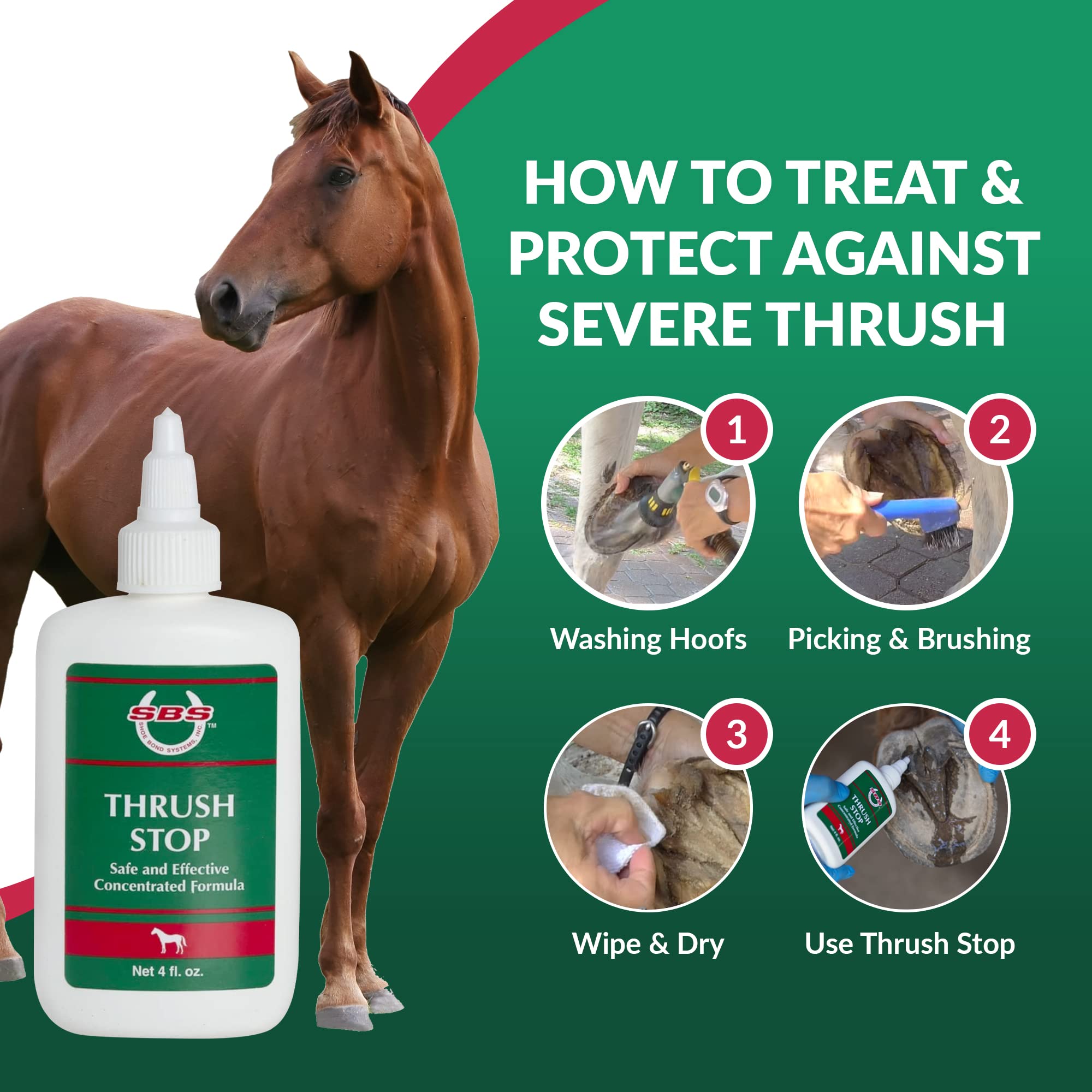Thrush in Horse Hooves: Causes and Solutions

Thrush is a common and potentially serious condition affecting the hooves of horses. It is a bacterial infection that primarily targets the frog, the V-shaped structure on the underside of the hoof. Understanding the causes, symptoms, and effective treatments of thrush is essential for horse owners and caretakers to maintain hoof health and prevent complications.
What is Thrush?

Thrush is a bacterial infection caused mainly by Fusobacterium necrophorum, which thrives in moist, dirty environments. It leads to the deterioration of the frog tissue, resulting in a foul-smelling, black discharge and discomfort for the horse.
Causes of Thrush
Several factors contribute to the development of thrush in horse hooves:
| Cause | Description |
|---|---|
| Poor Stable Hygiene | Accumulation of manure and urine creates a damp, unsanitary environment conducive to bacteria growth. |
| Wet or Muddy Conditions | Prolonged exposure to wet ground softens the hoof, making it more susceptible to infection. |
| Lack of Regular Hoof Care | Infrequent cleaning and trimming allow debris and bacteria to accumulate. |
| Conformation Issues | Horses with deep or narrow frogs are more prone to thrush due to reduced air circulation. |
Symptoms of Thrush
Recognizing thrush early can prevent severe damage. Common symptoms include:
- Foul odor emanating from the hoof
- Black, tar-like discharge in the frog area
- Sensitivity or pain when the frog is touched
- Lameness in severe cases
Diagnosing Thrush
A veterinarian or farrier can diagnose thrush through a physical examination of the hoof. They may probe the frog to assess the extent of infection and rule out other hoof diseases.
Treatment and Solutions
Effective management of thrush involves both treatment and preventive measures:
Treatment Options
- Cleaning: Thoroughly clean the affected hoof daily, removing all debris.
- Topical Antiseptics: Apply products such as iodine solutions, copper sulfate, or commercial thrush treatments to kill bacteria.
- Hoof Trimming: Regular trimming by a farrier to remove infected tissue and improve hoof shape.
- Veterinary Care: In severe cases, systemic antibiotics or specialized treatments may be necessary.
Preventive Measures
- Maintain clean, dry stabling conditions.
- Regularly pick and inspect hooves.
- Provide proper drainage in paddocks and stalls.
- Ensure balanced nutrition to support hoof health.
Frequently Asked Questions (FAQ)
Q1: Can thrush heal on its own?
A1: Mild cases may improve with improved hygiene, but treatment is usually necessary to prevent progression.
Q2: Is thrush contagious to other horses?
A2: Thrush itself is not contagious, but the bacteria thrive in shared unsanitary environments.
Q3: How often should hooves be cleaned to prevent thrush?
A3: Daily cleaning is recommended, especially in wet or muddy conditions.
Q4: Can thrush cause permanent damage?
A4: If left untreated, thrush can lead to deep infections affecting the hoof structure, potentially causing long-term lameness.
Conclusion
Thrush in horse hooves is a manageable condition with proper care and attention. By understanding its causes and implementing effective treatment and prevention strategies, horse owners can ensure their animals maintain healthy, comfortable hooves.
Maintaining regular hoof care routines and stable hygiene are key to preventing thrush and promoting overall equine health.
